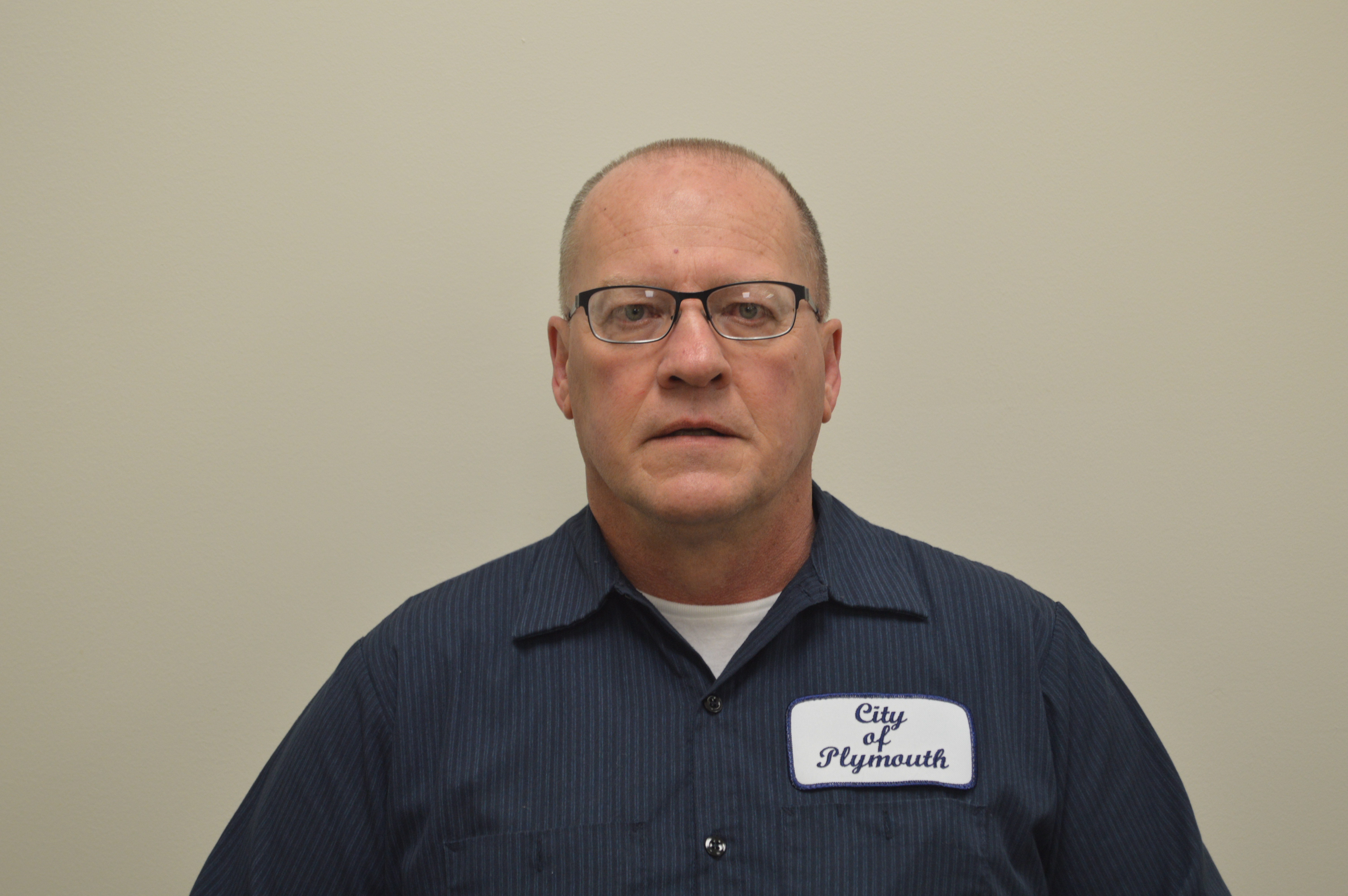Wastewater
After Hours Emergencies
- Phone Number (574)-936-2126
**All after hours Non-Emergency calls will be billed a minimum of $70.00. **
Facility Description and Treatment Processes
The Plymouth Wastewater Treatment Facilities has been constructed to meet the water quality needs of our growing and thriving community into the 21st century. The pollution abatement system protects public health; preserves and enhances recreation, aesthetics, fish, and wildlife quality in and around the Yellow River.
The Wastewater Treatment Facilities provides treatment for a peak raw sewage influent rate of up to 8.0 MGD (5,555 gpm). An automatically cleaned screening rack and grit separation and removal system provide pretreatment of all wastewater received at the plant prior to pumping of the wastewater for further treatment. The pretreated wastewater is pumped to a regulating control channel, which permits up to 6.6 MGD (4,583 gpm) into the treatment processes; flow in excess of this rate cascades into the 420,000-gallon stormwater surge basin where it is mixed and aerated, and eventually returned for treatment.
The main wastewater flow enters two 50 ft. diameter primary clarifiers. The settable solids are separated and removed from the process flow in the form of primary sludge. Primary treated wastewater, with over 50% of the original pollutant solids and 20% of other pollutants removed, is pumped to the bio roughing towers. The pumped flow enters at the top of two structures referred to as “fixed film bio roughing towers”. The wastewater is distributed over the surface of a corrugated plastic material, which is stacked to a height of 14 ft. in each of the 50 ft. diameter towers. The flow trickles over the plastic surface area and through openings in the stack. A thin film of bacteria growing on the plastic surface, which extracts dissolve nutrients from the wastewater. These bacteria convert the nutrients into other organisms and eventually develop enough mass to fall or slough off the plastic support media. Sloughed biomass is eventually settled from the flow stream in final clarification.
Flow collected from the bio roughing towers is split and discharged into five rectangular activated sludge aeration tanks. The basins provide an aerobic medium for the mixed liquor, which consumes a large portion of nutrients and organic matter remaining in the wastewater. Compressed air is dispersed through fine bubble diffusers to provide aerobic conditions for the bacteria and to provide adequate mixing of the wastewater and bacterial mass.
Effluent from the aeration tanks is conveyed to (three) 70 ft. diameter final clarifiers. Sludge created by the bacteria in the roughing towers and aeration basins is allowed to settle out in these tanks, leaving a nearly crystal-clear effluent to overflow into the receiving processes. The returned sludge is mixed with bio-roughing tower effluent as it enters the aeration basins. This mixed liquor contains highly concentrated quantities of bacteria, which are reintroduced into the process to consume the wastewater nutrients and organic matter. As the sludge concentration increases, calculated volumes are wasted to the facilities sludge processing systems.
Prior to final discharge into the Yellow River the treated wastewater flows through an ultra violet disinfection system. This is designed to alter the genetic structure (DNA) in the cell of the microorganisms, which ultimately prevents reproduction and results in the death of the microorganism that could be a threat to public health. Ultimately, the final wastewater effluent is aerated to raise the oxygen level to a minimum of 6.0 mg/l prior to discharge to Yellow River.
Wasted sludge removed in primary and final clarification is pumped to the facility’s sludge digestion system. Waste activated sludge from the final clarifiers is conveyed to one of four aerobic waste sludge holding tanks prior to thickening on a two-meter gravity belt thickener, which is then blended with primary sludge and sent to primary and secondary anaerobic digestion for further solids reduction.
Organic solids are broken down even further by bacterial action and concentrated to reduce the total sludge volume in the anaerobic digesters. Methane gas generated by the anaerobic process is used to heat the contents of the digester to an optimum operating temperature and supplies fuel to the buildings heating system. Digested liquid sludge can then be stored on site in 2 – 82’ diameter glass lined holding tanks. The 1,589,041 gallons of storage allows the city to meet its seasonal storage needs if liquid handling is selected.
The city has recently completed a second option of digested sludge handling, which includes dewatering of the sludge with a 200 gpm centrifuge with a temporary 7,360 sq./ft covered dry sludge storage area.
The dried biosolids can then be disposed of by:
- Land applying to local farm ground.
- Transport to a biosolids resource center in Fowler, IN for land application.
- Countyline Landfill.
The treatment process consistently removes up to 98% of the pollutants present in the wastewater entering the plant. The facility operates at an extremely high efficiency considering the difficulty in treating wastewater two – three times stronger than normal municipal wastewater.
Contact Us

Utility Superintendent
- Business: (574) 936-3017
- Staff Directory
- Hours: M - F 7:00 a.m. - 4:00 p.m.